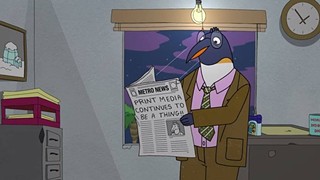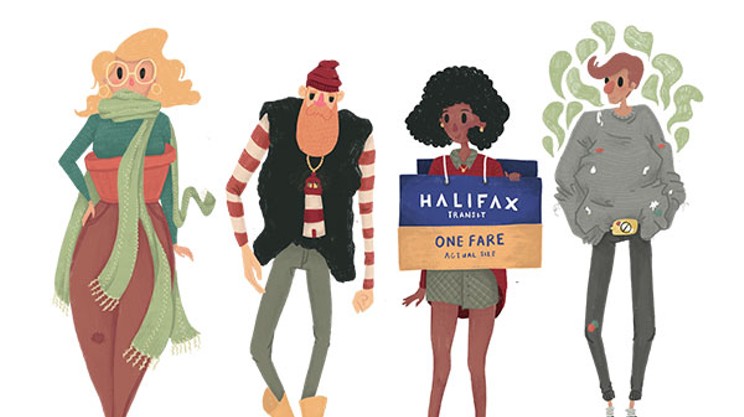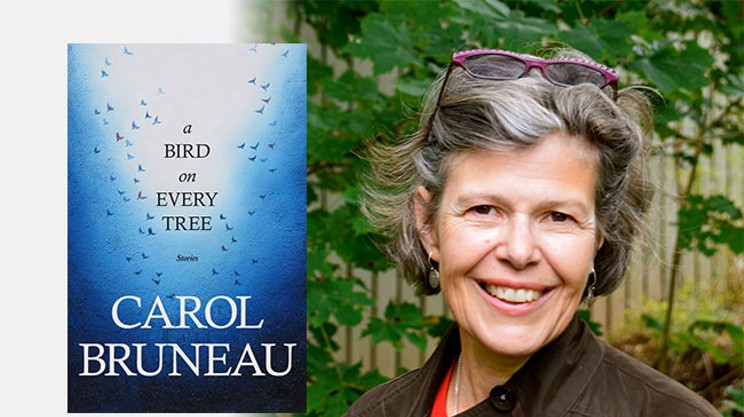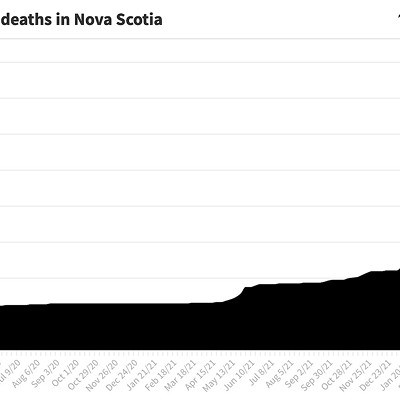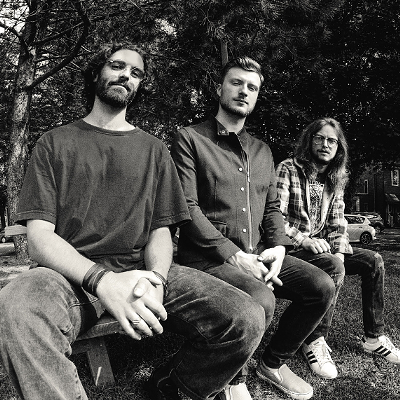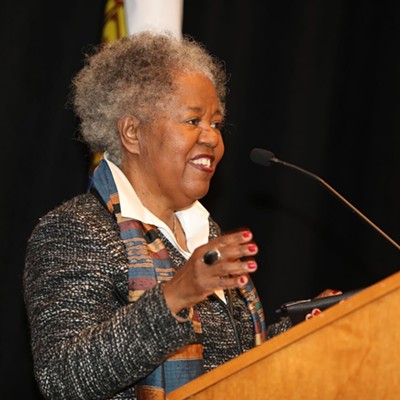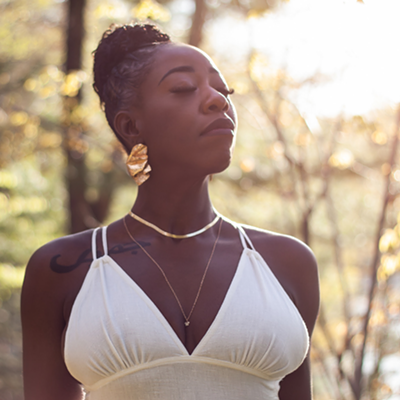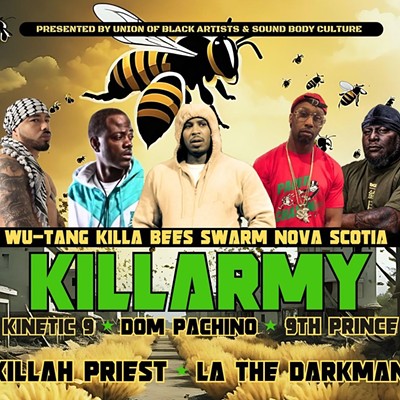Ami McKay’s new book, The Witches of New York, is the spinoff of her 2011 novel The Virgin Cure. Moth, the lead character from Cure, goes by the name of Adelaide Thom in this story. Thom runs a tea shop with her friend—a witch named Eleanor St. Clair—that serves as a front for potions and magic. Beatrice Dunn, 17, responds to the pair’s classified ad for shop-girl, and an adventure begins for the three young women.
In the midst of her writing, McKay was also doing genealogical research. To her surprise, she discovered her relation to a 55-year-old woman who was hanged during the Salem witch trials. The Nova Scotia-based writer talked to The Coast about her personal fascination with witchy women as well as her novel.
Why did you choose to write about witches?
I was looking time period first, because I wanted to write more of Moth’s story from The Virgin Cure. But when I was thinking about her—in my mind, she was 10 years older, so that put me in 1880. In going through the archives in New York, I found this classified ad of this guy who had placed an ad saying, “Is there anyone in this city who knows how to get rid of a witch?” And this is 1880. And I thought, are you kidding me? People still believed in witches? So I started digging around.
I already had the character of Moth, and I thought, “What if she knows a real witch? What next?”
An interesting way to continue the story of that character, but in a different vein.
Yeah. When I finished that book (The Virgin Cure), a lot of people asked me, “What’s going to happen to her?” And I wondered the same thing. When you have a character that strong, sometimes they stay in your head for a long, long while.
What challenges came up in your research for the book?
When you’re doing straight-up historical fiction, you have the historical records to deal with. Often, even if you have to do some digging, facts will sort of shake out and you can compare and find some sort of medium. If they’re conflicting, at least you can show both sides and that’s also interesting. With folk magic tradition, it’s a bit harder—you have to go done these different avenues and see what was what, and if there are actual writings that are available.
Did the genealogical findings about yourself impact the way you wrote from that point on?
It did. I had sort of resisted trying together the thread between the whole idea that the prejudice against women had carried on since Salem. I wasn’t sure if there was a connection and I didn’t want to make assumptions that might be tenuous. But that really spurred me on to do further research. I was able, then, to trace a lineage of a couple of different religious sects that had come out of Puritanism—who, in the 1900s, were definitely telling women… “You’re not to speak out. You’re not to seek higher education.”
I read that you described this book as “part feminist manifesto.” Could you expand on that aspect?
The other thing that happened in that time period was the suffrage moment. Susan B. Anthony—she actually started hanging around with spiritualists and women who called themselves witches. Lectures by spiritualists were really popular and well-attended. The thing that she found was the traits that people were calling weaknesses in women—such as intuition, being emotional—in spiritualists, those were all considered strengths. It’s this wonderful time period where women were really coming together.
That, to me, is the core of—not only this book—but it’s pretty much the core of what’s happening today in the women’s movement. That really motivated me as I was working through the book.


